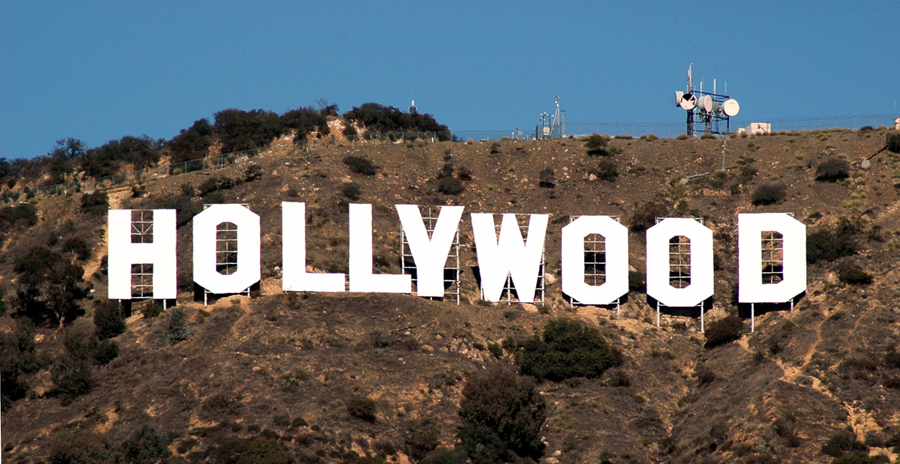Classical Hollywood Narration or American Narration?
While watching Monsoon Wedding, Daughters of the Dust, and Casablanca Hollywood narration” is. Usually, it consists of a few things like the plot centered on a couple of main characters whom have certain goals, a linear time sequence, or the presentation (that the movie is meant to be realistic instead of abstract). Opposite of this, the alternative film narration focuses around not a few characters, but rather groups, is less realistic, and defies the rules of directional narrative.
Daughters of the Dust, produced by a woman in 1991, is a story about an African family living in North Carolina
Monsoon Wedding, a 2001 ‘westernized’ version of a classic Bollywood, is about a family planning a wedding and all of the traditions involved. The family has many individual struggles; however, they are brought together for their common union for each other.
These three movies are different for a couple reasons like, like they are made in very different time period or the basic plot of the films are different. However, there is a main difference that I noticed that separates Casablanca Hollywood narration, the story is supposed to be focused on one or two main characters. In Casablanca
However, Monsoon Wedding and Daughters of the Dust are very different. Again, the basic premise of the plot is one in which involves around a family. Instead of a singular character, it is around the interpersonal relationships and family communication the family system has. The Peazant family, of Daughters of the Dust, face new decisions between traditional ways and the pioneering ideas of moving. The Verma family, of Monsoon Wedding, has to plan a wedding for their prized daughter, but are stuck in how the family dynamics will change. Again, these plots are vastly different. Yet, I have to ask what makes Casablanca classical Hollywood narration while Daughters of the Dust and Monsoon Wedding are not considered classical Hollywood narratives.
The main thought here comes from that Casablanca is not necessarily “Hollywood Hollywood narration as it could be the white hegemony values.
Compared to this, other cultures have different concentrations. Here, I think of how Indians are much more collectivistic. It totally makes sense that the movie would be dependent on a family’s interaction with each other instead of a single individual. Indian families are normally very close. Different behaviors and lifestyles make their interactions more frequent. It makes sense that Indian marriages are arranged and family approval is necessary.
Likewise, African families rely heavily in generational value. It is important for families to appreciate their older members. So, Nana Peazant, the matriarch, would have a strong voice in the family. Their present actions are defined by the past actions, so time does not happen in a linear fashion.
The cultural differences brings me to the point that the classical Hollywood narration is characterized more inline with WASP culture instead of particular film qualities. The alternative narration guidelines are focuses mostly on other international cultures. (note: I know that Hollywood




No comments:
Post a Comment